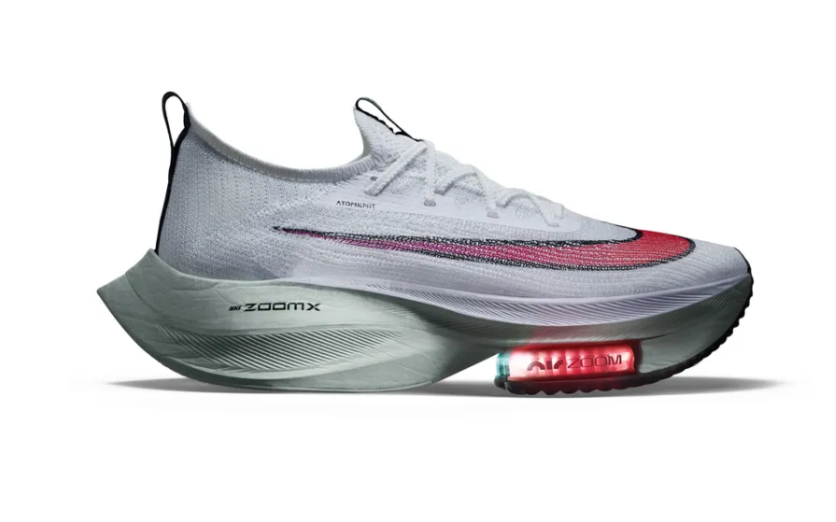
Why is the Nike Alphaflys banned from the olympics? Back in 29109, Eliud Kipchoge of Kenya reportedly did what nobody else had been able to achieve and that was to run a marathon for just less than two hours!
Nike Alphafly 'Unfair Advantage'
According to ScienceFocus, his time was just 1:59:40 and brought an average speed of 21.18km/hr. Some, however, would argue that it was partly delivered from his shoes, the Nike Alphafly.
Ross Tucker pointed out that the shoes contained tech that was designed to provide the wearer with greater energy return as well as speed. Due to the trio of carbon plates as well as cutting-edge midsoles, reviews claim the shoe provided a 4% running efficiency increase and 3.4% speed increase.
World Athletics January 2020 Guidelines
The World Athletics January 2020 guidelines saw the Nike Alphaflys as banned from the elite competition. The new rule notes that shoes shouldn't have more than one carbon-fiber plate, with its midsole height measuring less than 40mm. There were, previously, some controversial Nike shoes like the Satan Shoes made by Lil Nas X.
Nike revealed another version, the Vaporfly, which follows new regulations taking 31 of its 36 podium positions at major marathons back in 2019. The World Anti-Doping Agency or WADA does more than battling drug cheats, they also cover sports equipment as well, deeming if an equipment is "against the spirit of the sport."
Nike Vaporfly Efficiency
The Nike Vaporfly actually resembles a traditional shoe. There are, however, subtle differences combined with a significant difference. The British Journal of Sports Medicine noted that the carbon-fiber plate, midsole material, as well as midsole thickness are directly at the heart of the Nike Vaporfly's efficiency.
The full-plate reportedly increases the shoe's full stiffness and also acts as a lever in order to cut work at the ankle. The Nike-funded but still peer-reviewed studies claim that running efficiency is still increased by 1.5%. On its very own, the carbon plate's own stiffness might be able to deliver an uncomfortable feel. However, this is not offset by the full thickness of the midsole, which is measured at about 31mm at its heel.
Read Also: Nike PS5 Shoes Release Date, Price, Where to Buy, and More!
Shoe Performance Improvement
It was noted that such a thick midsole would actually add weight over an otherwise traditional race shoe. However, it doesn't because it is reportedly made with a different polyamide block elastomer which is called Pebax foam.
Other more recent models also feature the popular air pods as another extra suspension system. It is reportedly very difficult to pinpoint the exact collective advantage each element would grant. Shoes carry a lot of new technology like the ability for shoes to detect weights and falls.
However, for some of the runners, the stability, energy efficiency, and even the comfort that the shoes provide is supposedly more beneficial than others. The improvements in run times range from about 6% down to nothing. This was according to the British Journal of Sports Medicine.
Related Article: Nike Introduces Tokyo Olympics Shoes With FlyEase Technology That Enables Hands-Free Entry
This article is owned by Tech Times
Written by Urian B.




